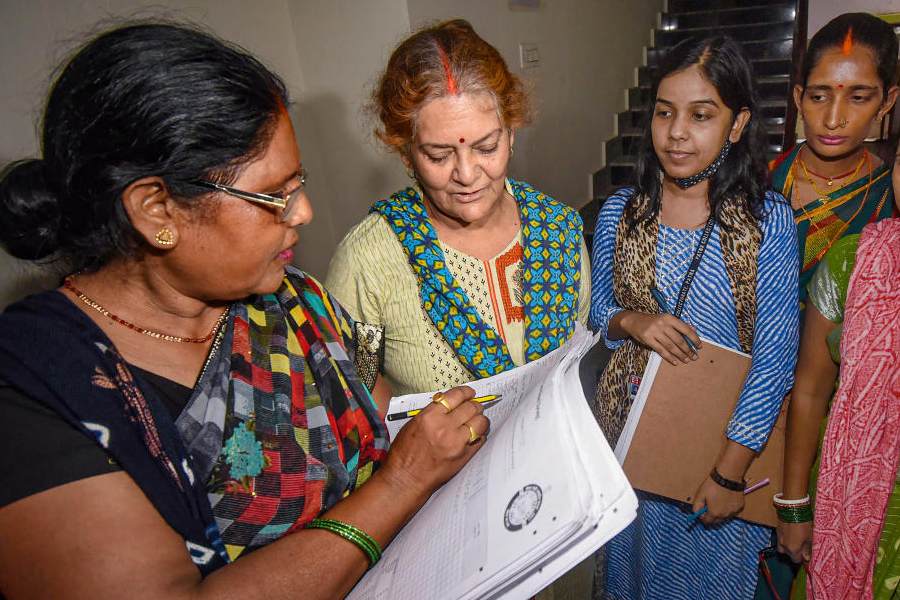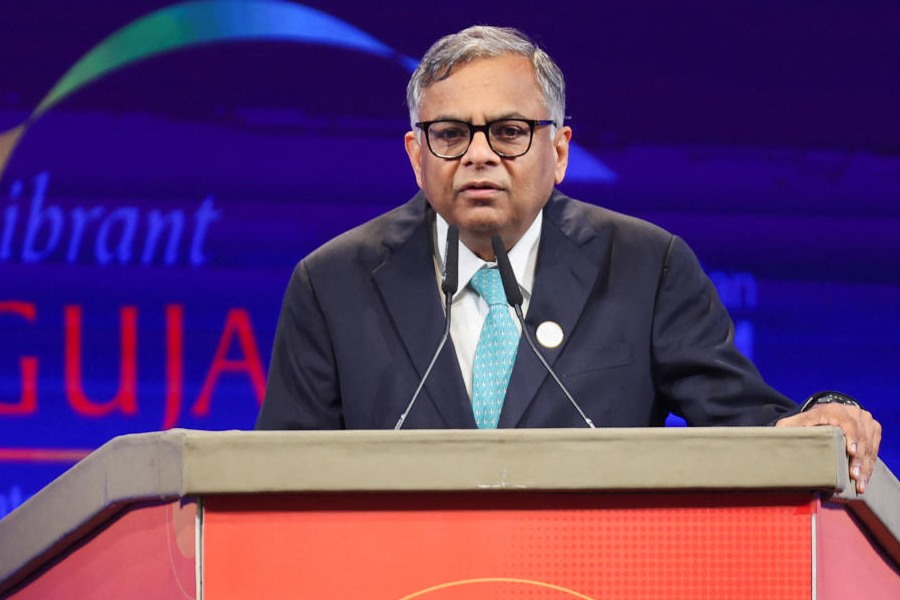 |
What is clicktivism?
The Collins English Dictionary describes it as “a policy of using the Internet to take direct and often militant action to achieve a political or social aim”. Urban Dictionary says: “The act or habit of using the Internet as a primary means of influencing public opinion on matters of politics, religion or other social concerns.” In other words, it’s a fast way of attracting attention and calling for action among a large section of people who spend a lot of their time online.
Who is a clicktivist?
Surya Shankar Dash, disturbed by a looming threat to the primitive Dongria Kondh tribe and unique biodiversity of Niyamgiri due to Vedanta’s proposed bauxite mining project, started the Save Niyamgiri group on Facebook after the Supreme Court gave a favourable judgment to the project in August 2008.
“I always thought there was a conflict of interest when reporters work on stories, where business interests are pitted against human rights or environmental concerns. So, in order to reach out to citizens, one always looked for some medium that will not be as expensive as the business of news printing or broadcasting via satellite is. The internet came in as one of the most democratic platforms and we could easily reach out to people across the world with multimedia data free of cost. And then social media networking sites came in, designed to make sharing of information and networking with people a cakewalk,” said Dash.
Save Niyamgiri currently has 366 followers across India and even as far as Canada and London, who keep the group active with regular debates over the latest developments on the issue.
Resist Posco, Save River Baitarani Agitation and Oppose Polavaram, Save Odisha groups are similar initiatives aimed at protecting the environment and interests of the local people while influencing public opinion in these cases.
“We feel that the struggle of Posco is a symbol of the struggle against the neo-colonial invasion of natural resources of India – a symbol of struggle against globalisation. There is an urgent need to generate mass support from all over for this struggle, in order to restrict the agenda of globalisation. Only collective support and action can bring justice ultimately,” reads the Resist Posco petition on Facebook.
The demolition of illegally constructed temples in Cuttack as per Supreme Court orders also spurred a group of youths to run a campaign against the drive on a social networking site. Photographs of devotees staging a demonstration outside the “target” temples, knocking down of the religious structures and alleged police atrocities on the protesters were posted on the group’s profile that drew but a lukewarm response. Though the initiative was not successful, it was a significant step in the arena of online activism.
Then there are Facebook pages like Safe Bhubaneswar, which was created following a rash of crime against women but has now widened its focus to include all kinds of physical attack and assaults on city residents.
Active campaigns
Save Niyamgiri
Resist Posco/ Anti-Posco movement
Save River Baitarani Agitation
Oppose Polavaram, Save Odisha
Safe Bhubaneswar
Why start one?
It is a convenient way of ushering winds of change by putting your cause before millions of netizens, especially the younger lot, from any corner of the world. A digital petition also facilitates debates and discussions among the petitioner and signatories.
Social activist Ranjan Panda, who launched the Save Rivers to Save Civilizations group, also on Facebook, said: “An important section of citizens, especially urbanites who are playing an increasing role in influencing policy makers, is spending good amount of time on social media. It therefore gives one scope to spread important messages to motivate them on the causes we work with. I have especially found a lot of young people following my activities and messages on Facebook.”
Where to log in?
www.change.org, www.gopetition.com, www.petitiononline.com, www.ipetitions.com, www.indianpetition.in, www.causes.com, www.thepetitionsite.com, www.myonlinepetition.com, www.activism.com. Opening an account with these petition sites does not cost a penny and starting an online campaign is a three-step process.
Do they work?
It is important for the petitioner to have access to a decision-maker who can carry forward the cause to a larger platform. The petitions are handled with care and the signatures archived. The signatories are at times allowed to conceal their identities in the public domain or hide the details they have provided in support of their campaign. The signatures on e-petition sites are usually validated through personal email addresses, followed by the person’s contact details.
“Despite the euphoria, I have always been sceptical about it. Social media is also a tool of surveillance upon activists and campaigners and as India becomes more and more totalitarian towards communities resisting big business interests it is only a matter of time when we, like China, will see the state coming down heavily on online bloggers and campaigners,” said Dash.
Is it legal?
Foreign firms mostly run the online petition sites and are in talks with the Indian Bar Council on the legality and feasibility of online petitions. “Though they are accepted by various commissions, they do not have statutory sanction or legal recognition. However, a higher court may use its discretion to accept it. But there is also a very good chance that it won’t,” said human rights advocate Biswapriya Kanungo.
How to write a petition?
Clicktivists suggest keeping it simple and short while framing the appeal so that the petition does not fall flat. Ensure it is free of spelling errors and grammatical mistakes so that potential signatories take you seriously. Avoid making it a personal vendetta and do not use abusive words. Petition sites are usually monitored by an editorial staff, who might remove your plea if it is too offensive.
Be specific about who the petition is addressed to. Generally, taking the campaign to social networking sites and circulating it through email helps spread the word. Change.org suggests including three key questions:
What am I trying to change?
Who can make that change possible?
Why is this important?
Virtual vs paper
“In essence there is no difference between the two,” says www.gopetition.com. It suggests that for better results, collect signatures both online and on paper. The latter can be transferred to the online domain. Online petitions obviously have a greater reach as signatories can share petitions on social networking sites and get more support.
Next step?
Email directly to the target, attaching the signatures. Or print out the petition as well as list of signatures and submit physical evidence. Remember to follow it up with decision-makers and keep your supporters updated about the developments. Be prepared for not-so-warm sessions with the decision-maker. Change.org has a set of practice tools and coping techniques to deal with “different decision-makers” and “how to introduce yourself to your decision-maker.”
Success stories
In January, Anoop Rohera of Palam Vihar, Gurgaon, had started a petition asking the Haryana government to put up lights in dark alleys and streets. The authorities took
action in 20 days
Before this, 2,633 people from across Delhi and outside joined Kalpana Mishra in her petition to stop Indian rapper Honey Singh — infamous for
vulgar lyrics — 24 hours ahead of his performance on New Year’s Eve at a hotel in Gurgaon
Similarly, in Karnataka, it took just one week for Akshey Kalra to ban the
La Tomatina festival by collecting around 3,600 signatures in protest of the food wastage. Akshey’s petition inspired the chief minister, mayor and the commissioner to flash a red signal for the party
Have you started any online petition or signed on one? Tell us at ttorissa@abp.in











